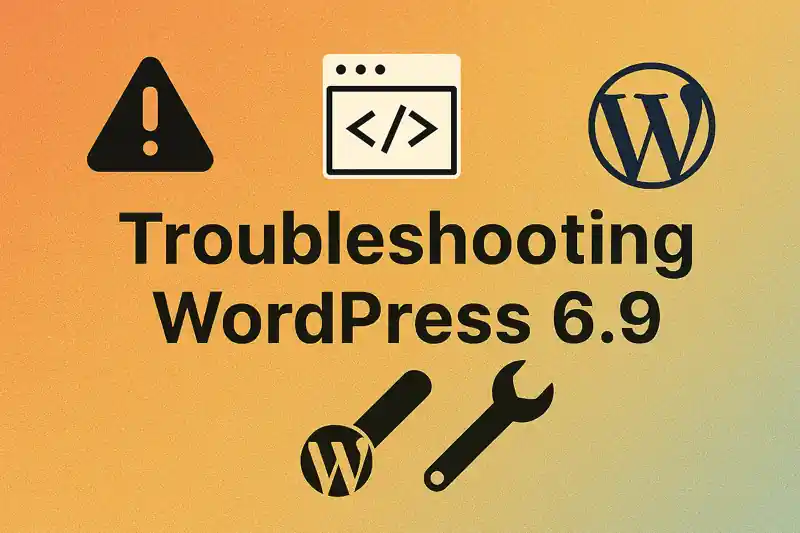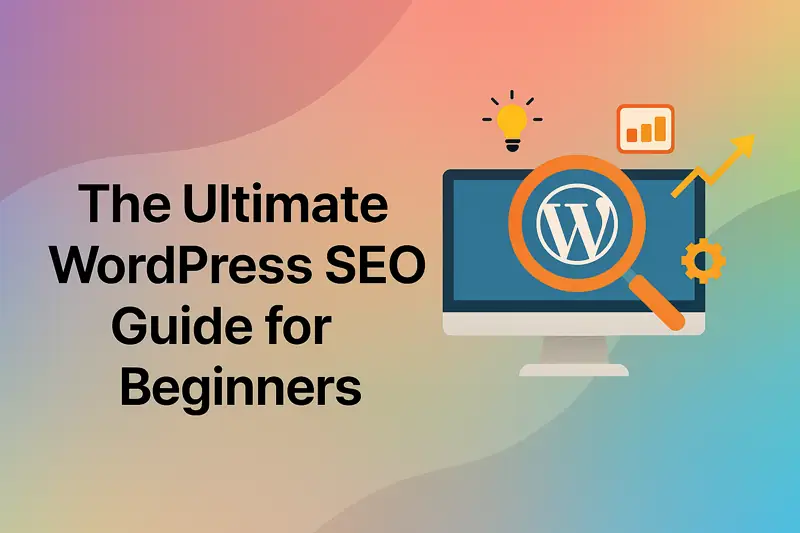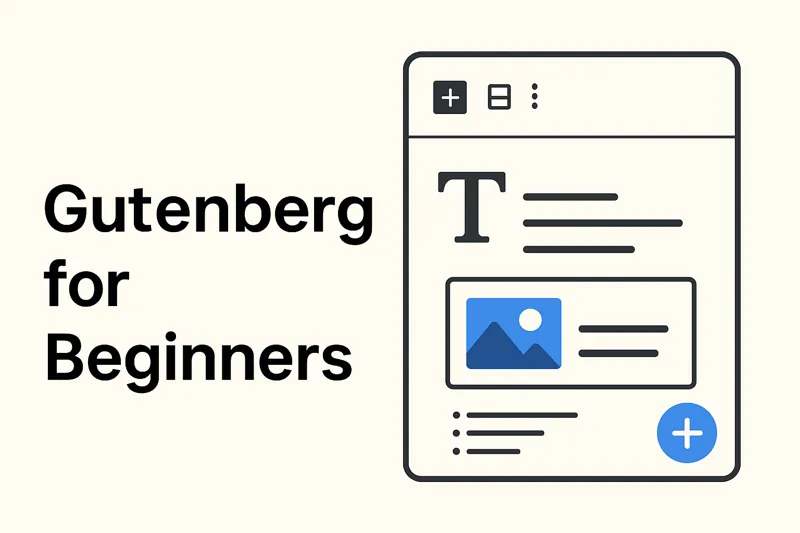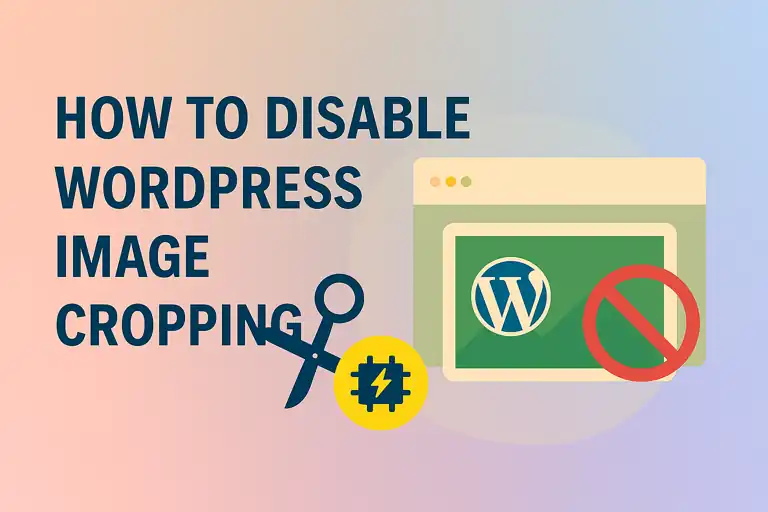Having a beautiful WordPress website is just the first step. The real challenge is ensuring potential customers can find you among the vast sea of online information. This is where Search Engine Optimization (SEO) comes into play. Fortunately, WordPress is an incredibly SEO-friendly platform right out of the box. Combined with the right strategies and tools, even a beginner can effectively improve their site’s keyword rankings on search engines like Google.
This guide will walk you through WordPress SEO from the ground up. We’ll explore the importance of SEO, the inherent advantages of WordPress, and provide a detailed checklist for fundamental settings and on-page optimization. This includes keyword research, permalink setup, XML sitemap creation, and an introduction to structured data, equipping you with the core knowledge to boost your website’s traffic.
1. A Brief Introduction to SEO and Its Importance
SEO (Search Engine Optimization) is the practice of optimizing your website through a series of techniques and strategies to make it more compliant with search engine ranking algorithms. The goal is to achieve higher, more visible placement in the organic (non-paid) search results for relevant keywords.
Why is SEO critically important?
- High-Quality, Free Traffic: SEO brings a consistent and stable stream of free organic traffic to your site. These visitors are actively searching for information related to your content or products, making them highly motivated and more likely to convert.
- Builds Brand Credibility & Authority: When your website consistently appears on the first page of search results, users subconsciously perceive your brand as a trusted authority in that field.
- Improves User Experience: Modern SEO is not just about pleasing search engines; it’s about optimizing your site’s structure, content, and speed to provide a superior user experience—a goal that aligns perfectly with your business objectives.
- Long-Term Value: Unlike paid advertising (PPC), the effects of SEO are cumulative and long-lasting. Once you achieve a good ranking, you can continue to benefit from it for a long time.
2. The SEO Advantages of WordPress
WordPress’s popularity is due in no small part to its powerful, built-in SEO DNA.
- Optimized URL Structures: WordPress allows you to create custom, keyword-rich, SEO-friendly URLs (permalinks).
- Powerful Taxonomy System: Easily build a logical site structure using categories and tags.
- Simple Image Optimization: Effortlessly add Alt text to images to describe their content to search engines.
- Mobile-Friendly: The vast majority of modern WordPress themes are responsive, providing an excellent mobile experience, which is crucial in a mobile-first indexing world.
- Massive SEO Plugin Ecosystem: Access to world-class SEO plugins like Yoast SEO and Rank Math makes complex technical optimizations simple and process-driven.
3. Fundamental SEO Settings
Before you begin creating content, completing these one-time foundational settings will build a solid base for all your future SEO efforts.
3.1 Optimize Your Permalink Structure
This is the first and most important thing you should do on a new WordPress site.
- Go to your WordPress dashboard: Settings -> Permalinks.
- Select the “Post name” structure.
- Save your changes.
This will change your future post URLs to the format yourwebsite.com/your-post-title/, which is short, clean, and includes your keywords.
3.2 Ensure Search Engine Visibility is Enabled
You must check this setting, or all your SEO work will be for nothing.
- Go to Settings -> Reading.
- Scroll down to “Search Engine Visibility”.
- Make sure the box next to “Discourage search engines from indexing this site” is unchecked.
- If it is checked, uncheck it and save your changes.
3.3 Use an SEO Plugin for On-Page Analysis and Optimization
Installing a powerful SEO plugin is the shortcut to mastering on-page SEO. Rank Math and Yoast SEO are the two best plugins on the market, both offering excellent free versions. Once installed, you will find an SEO analysis box below the editor for every post and page, which will guide you through the following key optimizations:
- Keyword Research and Usage:
- Keyword Research: Before you write, use tools (like Google Keyword Planner or Ahrefs’ Free Keyword Generator) to find out what terms users are searching for. Choose a primary focus keyword for your article.
- Strategic Placement: Naturally incorporate your focus keyword into your post title, the first paragraph, a few subheadings, and the body of the content. Avoid keyword stuffing.
- Writing Compelling Titles and Meta Descriptions:
- SEO Title (Title Tag): This is the prominent blue link that appears in search results. It should include your focus keyword and be compelling enough to make users click (aim for under 60 characters).
- Meta Description: This is the descriptive text below the title. While not a direct ranking factor, it heavily influences your Click-Through Rate (CTR). Use it to summarize your content and include a call-to-action (aim for under 160 characters).
- Optimizing Image Alt Text:
- Alt text (alternative text) is the text that displays if an image fails to load. More importantly, it tells search engines what the image is about. Add a descriptive alt text that includes relevant keywords to every image. This helps your images rank in Google Images search.
- Internal Link Building:
- An internal link is a link from one page on your website to another. It is vital for SEO because it:
- Helps search engines discover your new content.
- Passes “link equity” or authority from high-value pages to new ones.
- Improves user experience by providing relevant further reading, increasing time on site.
- As you write, find natural opportunities to link to other relevant articles and pages on your site.
- An internal link is a link from one page on your website to another. It is vital for SEO because it:
4. Create an XML Sitemap and Submit it to Search Engines
An XML Sitemap is a file that lists all the important URLs on your website. Think of it as a roadmap for search engines, helping them discover and crawl all of your content more efficiently and comprehensively.
- How to Create It: Modern SEO plugins like Rank Math and Yoast SEO will automatically create an XML sitemap for you. You can usually find it at an address like
yourwebsite.com/sitemap_index.xml. - How to Submit It:
- Log in to your Google Search Console account or Bing Webmaster Tools account.
- Select “Sitemaps” from the left-hand menu.
- Enter your sitemap URL (e.g.,
sitemap_index.xml) and click “Submit.”
Once submitted, Google will periodically check this file to stay informed about updates on your site.
5. (Optional) An Introduction to Structured Data Markup
Structured Data, also known as Schema Markup, is a standardized format of code that you can add to your website to explicitly describe your page’s content to search engines in a way they can easily understand.
- What’s the benefit? Pages with structured data may be displayed in search results as Rich Snippets, such as:
- Star ratings next to a review.
- Cooking times and calories next to a recipe.
- An expandable FAQ section directly in the search results.
- These eye-catching results can dramatically increase your click-through rate from search.
- How to Implement It: Advanced SEO plugins like Rank Math have built-in, user-friendly features for structured data. You can easily add the appropriate Schema markup for articles, products, recipes, FAQs, and more, without writing any code.
WordPress SEO is not some mysterious dark art; it is a collection of logical and proven optimization strategies. From setting up technical foundations like permalinks and XML sitemaps to carefully conducting keyword research, writing compelling titles and meta descriptions, and building internal links for every article, each step contributes to the long-term success of your website. With the power of WordPress and its incredible SEO plugins, you are fully equipped to take control of your search engine performance and reap the endless rewards.










